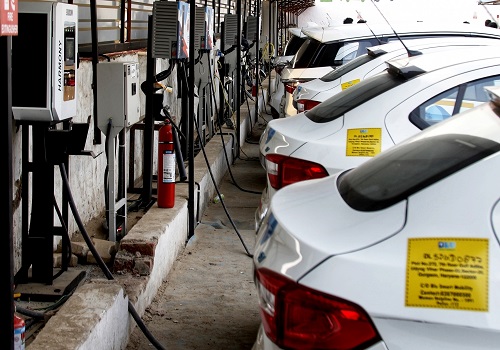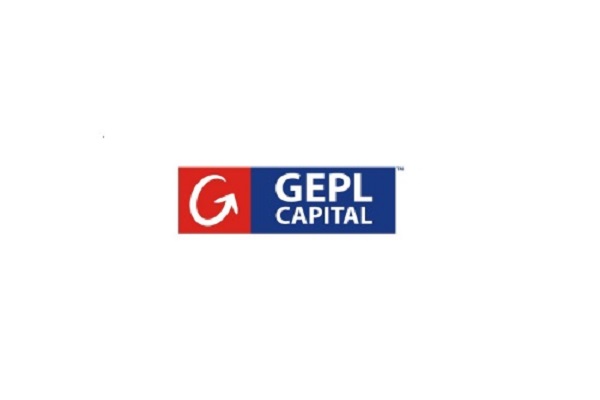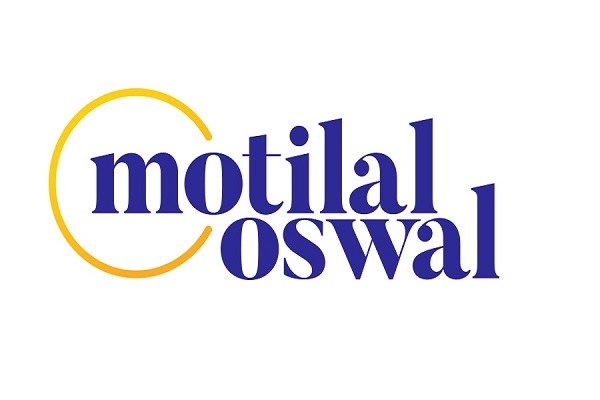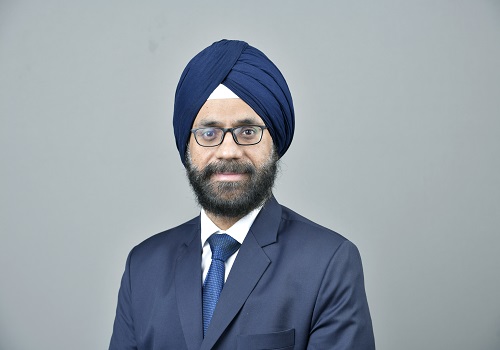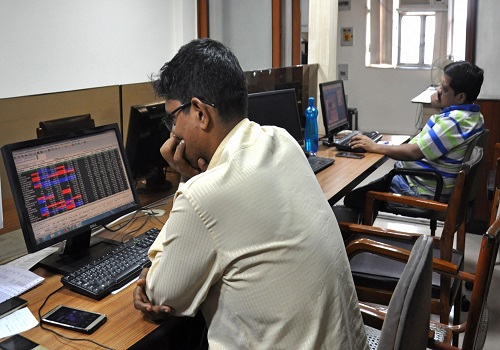Evolution of Health Insurance Sector in India

The health insurance sector in India has come a long way. It spans over 50 years - and is one of the biggest industries in India. The need for health insurance arose from the high mortality rate and inadequate resources in the post-independence era. The government came up with health insurance to make healthcare more accessible and affordable to the Indian population. However, a large number of Indians remain uninsured. It is important to understand how the health insurance sector has evolved through the years and how it can help the healthcare industry fill in the gaps and make health insurance an affordable reality for all.
The roots of the health insurance sector
One can trace the earliest roots of health insurance in the post-independence era. During this period, government schemes were introduced in 1948 and after. These included the Employer State Insurance Scheme (ESIS) and the Central Government Health Insurance Scheme (CGHIS). These schemes insured organizational and government employees and their families against specific illnesses, disabilities and cases of death. In some cases, there was even maternity health and out-patient departmental (OPD) coverage. After that, the General Insurance Corporation introduced a voluntary mediclaim policy in 1986. This mediclaim insurance policy reimbursed inpatient and domiciliary (at home) hospitalization expenses for specific illnesses and injuries.
The relationship between rising healthcare costs and health insurance
Health insurance saw a massive boom in the 90s due to the rising healthcare costs. Paying for healthcare expenditures out of pocket became more and more expensive for the average citizen. Due to the high leap of inflation (the systemic price rise of goods and services) and the inadequate government health resources, the government felt a need to bridge the price gap. Moreover, due to the privatization of the Insurance sector and the establishment of the Insurance Regulatory and Development Authority of India (IRDAI) in 1991, there were several amendments and alterations to the scope of health insurance plans. Various sub-limits were extended, and price caps removed altogether. More and more illnesses, disabilities, and health scenarios started to come under health insurance.
There was a significant increase in the number of private hospitals associating with up-and-coming health insurance companies which encouraged prospective buyers to get health insurance. The mediclaim insurance policy became a standard and basic health insurance policy as more and more customizable good health insurance plans came up. Individuals and families started to buy health insurance, and those working in government and private organizations both received health insurance coverage.
The 21st century and the exponential growth of the health insurance sector
The 21st century witnessed the massive growth of the health insurance sector in India. By the early to mid-2000s, many private insurance companies were set up and started to gain trust and reputation. As healthcare costs shot up, health insurance seemed like a viable solution. In the past decade, digital technology has boosted the reach of the health insurance sector by a large margin. Due to the shift from offline to online modes of communication and purchase, buying good health insurance plans became more convenient and quicker. The need for insurance agents was also reduced that made insurers lower premium prices and give additional discounts. This, in turn, helped gain customers and establish trust between an insurer and their customer. Moreover, health insurance expanded to encompass diverse health contingencies and the people who might need healthcare, including:
- Newborn babies
- Children
- Senior citizens
- Travellers
- First-time/second-time mothers
- Corporate employers and employees
Some of the illnesses and disabilities now covered in health insurance include:
- All stages of cancer
- Critical illnesses
- Vector-borne diseases
- Maternity complications
- Accidental death
- Permanent/ temporary physical disability arising due to an accident
- Mental ailments
- Burns, fractures, broken bones
- Lifestyle diseases (after a fixed waiting period)
Some of the costs and treatments covered include:
- Inpatient hospitalization costs
- Pre-and post-hospitalization costs
- Domiciliary hospitalization costs
- Alternative treatment costs
- Ayurveda, Unani, Siddha, Homeopathy and Naturopathy
- OPD expenses
- Daycare procedures treatment costs
- Advanced technology treatment costs
- Ambulance and transportation costs
- Costs of medicines and assistive equipment
Now, several insurance companies also offer innovative solutions and products that combine life insurance and health insurance for dual protection.
The present and future of health insurance
Despite the significant development in the health insurance sector, there is still concrete progress that needs to be made. Up till now, only about 40% of the Indian population has health insurance. The onset of the COVID-19 pandemic fuelled this number, as many citizens rushed to buy health insurance to cover COVID-19 treatment costs.
However, the dark truth is that only the upper and middle classes of India can afford to buy health insurance. To the lower income-earners and poverty-stricken class who spend their life living day to day and accumulating savings, health insurance remains a struggle or a myth. Health insurance providers and the government have tried to fill in this gap by coming up with standard and affordable health insurance policies such as the:
- Arogya Sanjeevani Policy
- Jan Arogya Bima
- Saral Suraksha Bima
- Aam Aadmi Bima Yojana
- Universal Health Insurance
- Corona Kavach Policy
- Corona Rakshak Policy
While most of these health policies come to the rescue of the rural and lower-income sector, they sometimes fail to cater to the holistic health needs of individuals and extend a limited amount of financial support. However, with more funding in the public health sector by the government, India can help those who are most in need of healthcare and achieve true progress.
To sum it up
Health insurance remains an emerging sector in India. There are various gaps yet to be fulfilled and more evolutions yet to come. As health insurance becomes more global and accessible, though, and medical science sees rapid advancement, the potential for immense growth is high.
Disclaimer:
The aforesaid article presents the view of an independent writer who is an expert on financial and insurance matters. PNB MetLife India Insurance Co. Ltd. doesn’t influence or support views of the writer of the article in any way. The article is informative in nature and PNB MetLife and/ or the writer of the article shall not be responsible for any direct/ indirect loss or liability or medical complications incurred by the reader for taking any decisions based on the contents and information given in article. Please consult your financial advisor/ insurance advisor/ health advisor before making any decision. Tax benefits are as per the Income Tax Act, 1961, & are subject to amendments made thereto from time to time. Please consult your tax consultant for more details
PNB MetLife India Insurance Company Limited
Registered office address: Unit No. 701, 702 & 703, 7th Floor, West Wing, Raheja Towers, 26/27 M G Road, Bangalore -560001, Karnataka
IRDAI Registration number 117 | CIN U66010KA2001PLC028883
For more details on risk factors, please read the sales brochure and the terms and conditions of the policy, carefully before concluding the sale.
Goods and Services Tax (GST) shall be levied as per prevailing tax laws which are subject to change from time to time.
The marks "PNB" and "MetLife" are registered trademarks of Punjab National Bank and Metropolitan Life Insurance Company, respectively. PNB MetLife India Insurance Company Limited is a licensed user of these marks.
Call us Toll-free at 1-800-425-6969, Phone: 080-66006969, Website: www.pnbmetlife.com, Email: indiaservice@pnbmetlife.co.in or Write to us: 1st Floor, Techniplex -1, Techniplex Complex, Off Veer Savarkar Flyover, Goregaon (West), Mumbai – 400062, Maharashtra. Phone: +91-22-41790000, Fax: +91-22-41790203.
AD-F/2021-22/276
Beware of Spurious Phone Calls and Fictitious / Fraudulent Offers!
IRDAI is not involved in activities like selling insurance policies, announcing bonus or investments of premium. Public receiving such phone calls are requested to lodge a police complaint.


